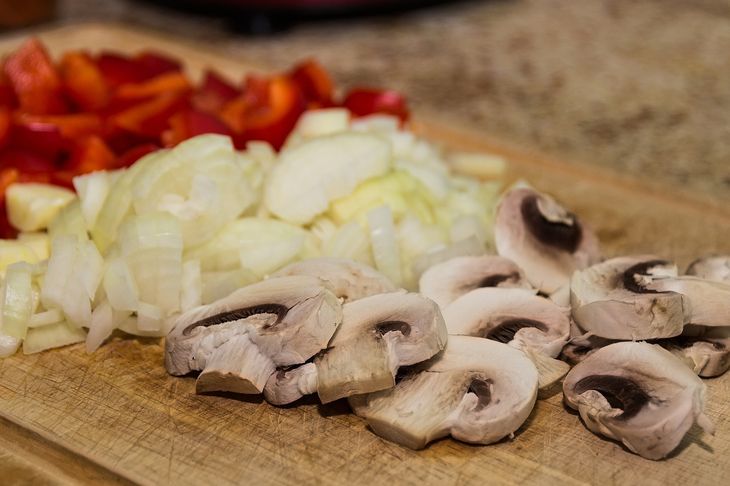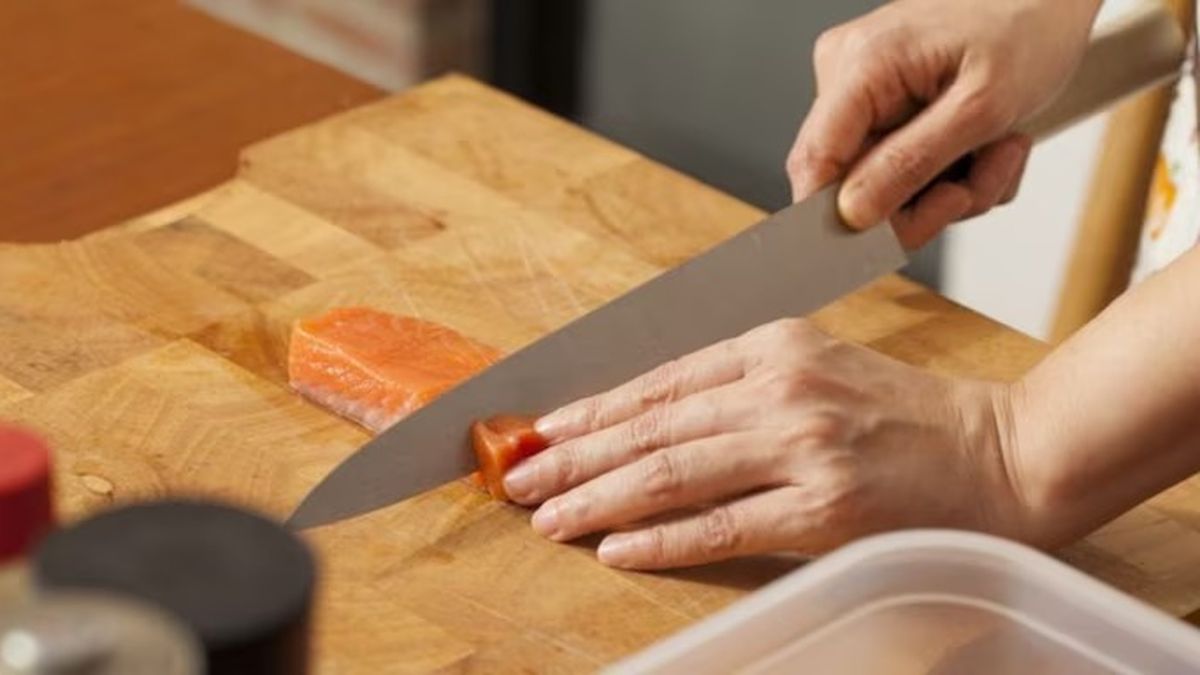Cross contamination is one of the most important dangers in terms of lack of cleanliness in kitchen utensils.
The cleaning of kitchen utensils is not just a matter of aesthetics or to guarantee a long useful life. Although these aspects are important, the main reason to be attentive to the dirt that may accumulate on them is for health reasons, because they are in constant contact with our food.
The content you want to access is exclusive to subscribers.
The food cutting boards They hold a debate among experts. Although it is clear that raw meats should not be mixed with each other or with vegetables or fruits, the material also comes into discussion. Wood, metal, plastic, porcelain, whatever you choose, it is crucial to give them a deep cleaning after each use.


wooden chopping board

Pixabay
How to clean cutting boards
- The first step is to remove the excess from the board before washing it
- Then, clean it with detergent and hot water, scrubbing with a sponge to remove any residue.
- Rinse them and dry them with kitchen rolls, since towels usually have germs from contact with your hands or other utensils.
- For best results, you can wash them in the dishwasher, but keep in mind that you cannot put wooden boards in the dishwasher because they can warp at high temperatures.
- If you use a commercial product, read the label instructions carefully and protect your hands by wearing gloves.
In case you want disinfect it thoroughlyit is recommended to do it once a week depending on how often it is used. These are the steps to follow:
- The most effective thing is to soak them in water with bleach. One cap for every four liters of water is enough.
- Let it soak for half an hour. Rinse them well and let them dry in a drainer.
- If you don’t want to use bleach, you can use white vinegar, which has antibacterial properties. Rub the vinegar on the board and let it air dry.
Source: Ambito




